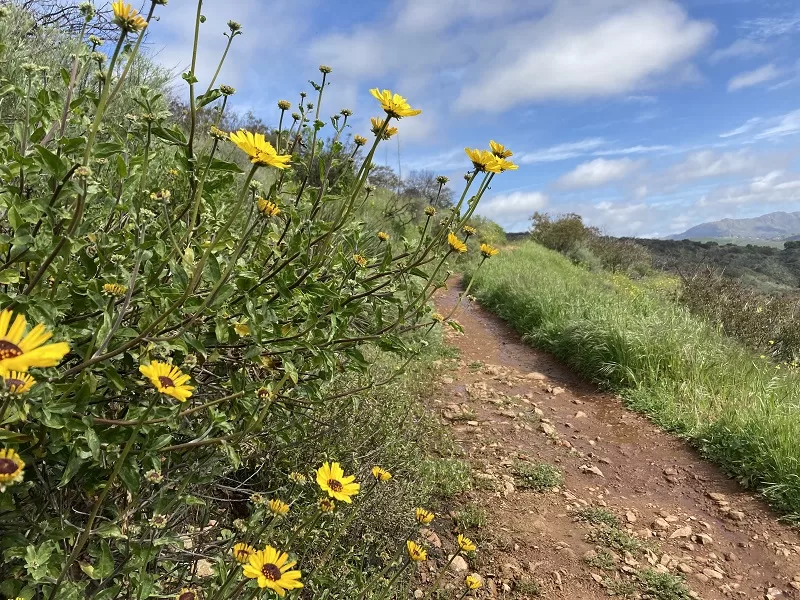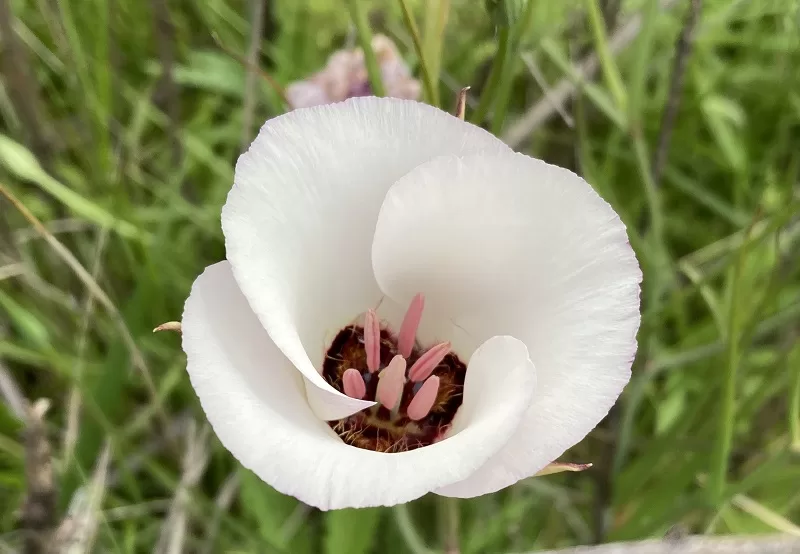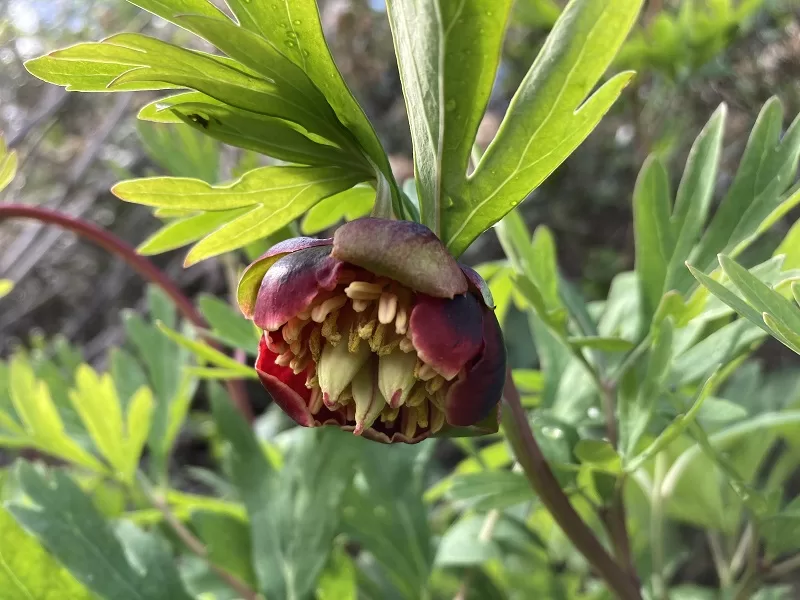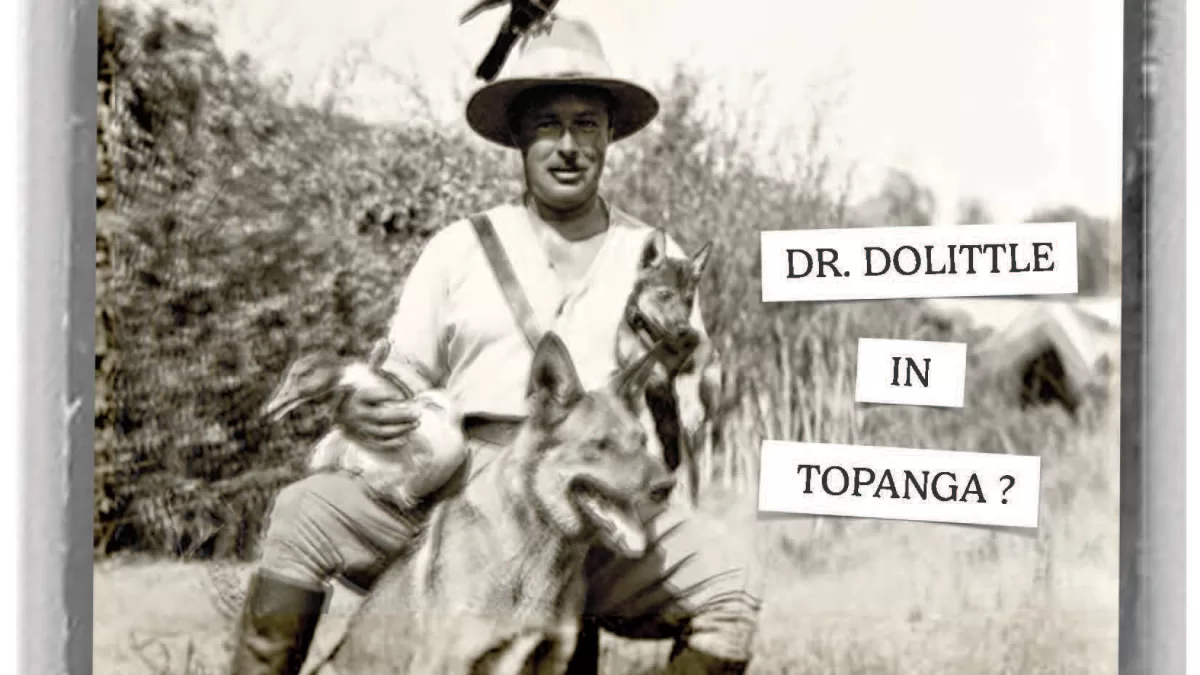Doctor Dolittle, the kindly little Englishman who learned to talk to the animals and would do anything to help them and who has become one of the immortal characters of children’s literature, was inspired not by the author’s childhood in Britain, but by the horrors he witnessed in WW I. The good doctor celebrated his 100th anniversary in 2022, and his story is more fantastic than any of his adventures in books or film. Join us for a look at the life of Doctor Dolittle creator and former Topanga resident Hugh Lofting. Cover image courtesy of the Imperial War Museum, cover designed by Urs Baur.

Spring officially arrived on Monday, March 20, between the last winter storm and the first rain of the new season. It promises to be one of the most lush, flower-filled springs in years, but this week marked another, more somber moment: the third year anniversary of the COVID-19 shutdown. On March 19, 2020, California Governor Gavin Newsom declared a stay-at-home order that effectively shut down the state. The goal was to slow the spread of the devastating pandemic. There was even hope then that it could potentially be stopped.

Millions of workers were furloughed or laid off. Even the parks and beaches were closed. Businesses that had never shut their doors except on major holidays were shuttered. See’s Candies, that cherished California institution, stopped production for the first time since WWII. Even Disneyland shut its gates, leaving the Rivers of America to the ducks, and the Haunted Mansion to its spiders. Stores, theaters, museums, courts, government offices all closed. Restaurants and businesses that sold essentials like groceries scrambled to develop curbside pickup. Delivery services and online retailers were overwhelmed. Something like this had never happened before.
People scrambled to find or make masks, and hoarded toilet paper and hand sanitizer. As the weeks turned into months we learned to live in a state of siege. As Albert Camus commented in his 1942 book The Stranger, “After a while you could get used to anything.”
The stay-at-home order is a thing of the past, so is disinfecting or quarantining one’s groceries, and cutting up shirts to make impromptu homemade masks. A trip to the dentist no longer entails protection gear reminiscent of the kinds of things worn for alien autopsies in sci fi movies. Toilet paper is readily available, so is See’s candy, and Disneyland is not only open again but welcoming record crowds, but COVID-19 is still here.
The death toll in California is estimated at 100,800, and there are more than 2,000 new cases every day. Hospitalization and death rates have mercifully declined, but this disease still kills people of all ages, although the elderly remain the most susceptible.
COVID-19 took so many lives over the past three years that America’s life expectancy has dropped from 79 years to 76. In a recent opinion piece in the New York Times, public health researcher Atul Gawande wrote, “such astonishing declines have occurred planet-wide…the first reduction in life expectancy since World War II.” He warns that, “the aftermath of pandemics requires as much focus and response as the start,” and that it is crucial to “hold on to our sense of urgency and do more than simply hope things will turn around.”

California’s coronavirus state of emergency was lifted last month. U.S. President Joe Biden is expected to relax the national emergency in May, but the World Health Organization continues to warn that this pandemic is still not over.
Many of us still wear our N95 masks to the grocery store, or anywhere we expect to encounter an indoor crowd. Anyone wearing a mask deserves the respect and freedom to do so without criticism—they may have a pre-existing condition that makes them vulnerable, or be a caregiver for someone at high risk.
Three years into one of the strangest chapters of recent world history, COVID-19 is still plaguing humanity. It is unlikely that this genie will ever be forced back into its bottle, but a pandemic fatigued world is grateful to see the peak of the crisis begin to recede into the past.
We started Topanga New Times just after the California shutdown with the goal of providing resources and information for our community. Three years later, we are planning our first live events, a salon series we are calling Tea @TNT. Your editor (that’s me) is honored to present our inaugural program with an in depth talk on the Rindge Railroad, Malibu’s legendary ghost train, on Sunday, April 2. The details are on page 9. Look for more events in this series coming soon. It’s going to be fun, and we hope you, dear reader, will join us.
Stay safe, be well. Happy spring!






